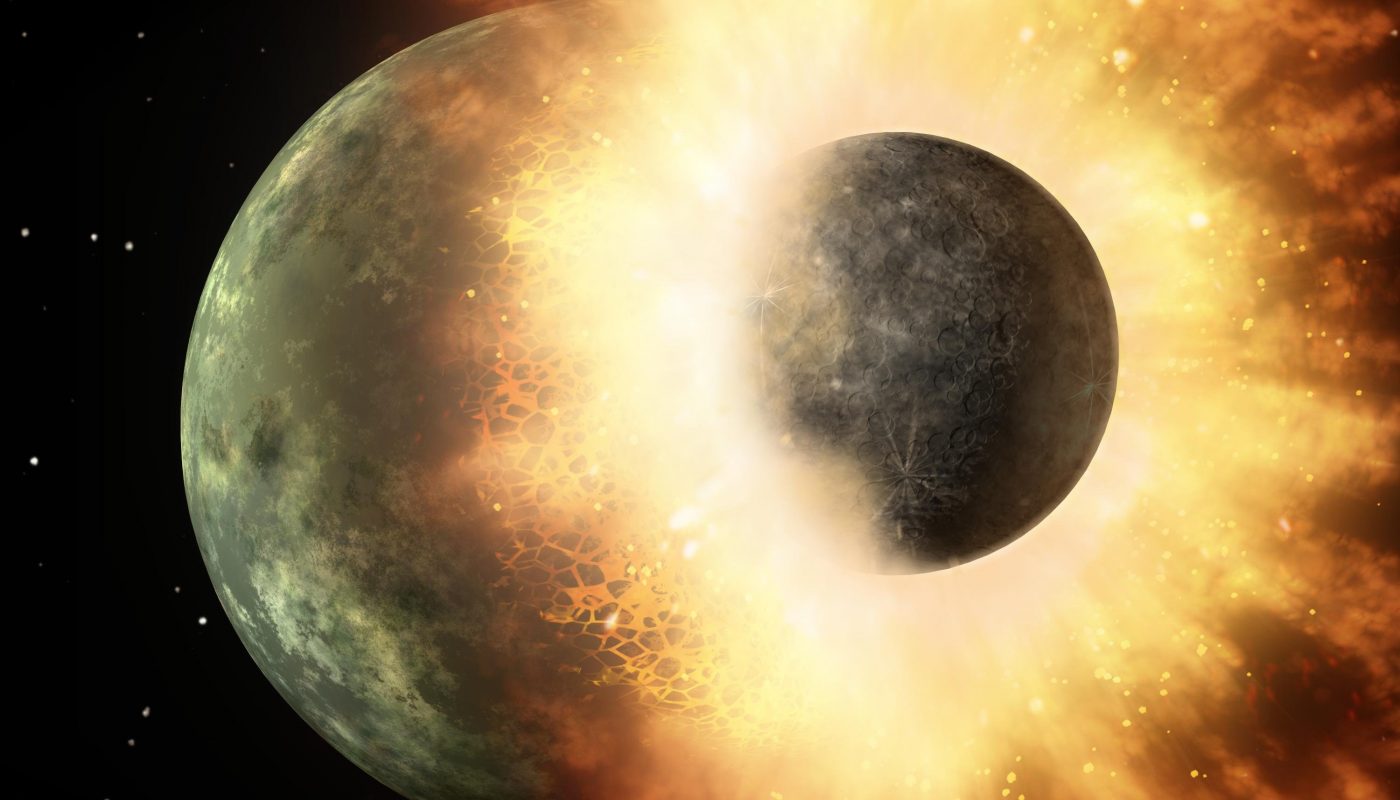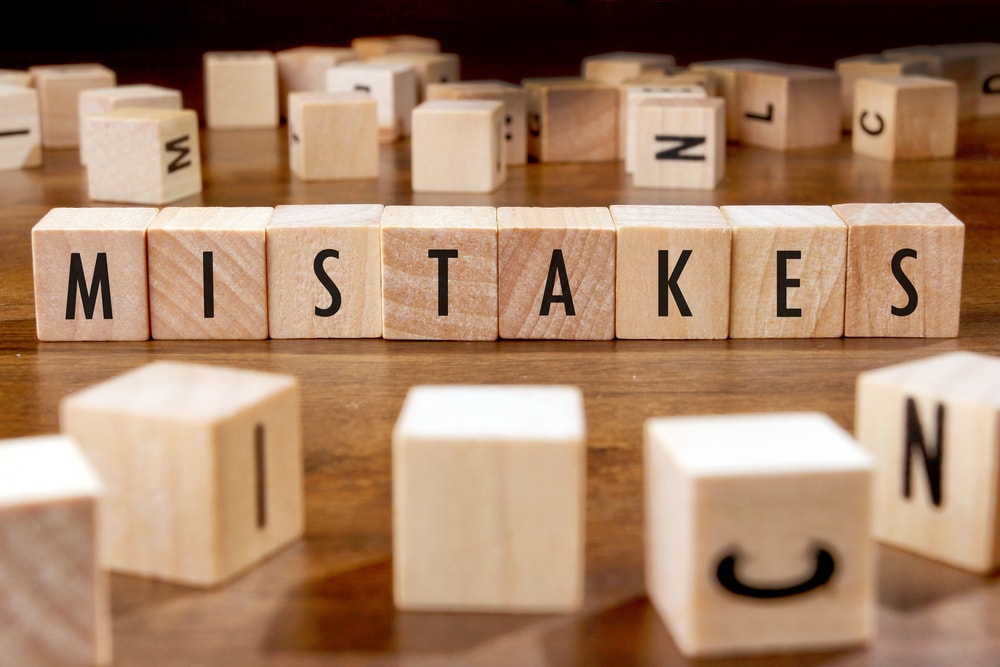« Obviously, we have no idea what really happens when planets collide, because we can’t build planets in the lab and smash them together, » said Jacob Cigres, a postdoctoral researcher in the lab called the Institute for Computational Cosmology.
So Kegerreis and his colleagues did the next best thing: They booked time on a supercomputer and used it to run hundreds of simulations of planets colliding with one another – a demolition pathway for astrophysic geniuses.
« It’s about doing the math, » he told Digital Trends. « There’s no reason why you can’t do it manually, it’ll take forever. That’s exactly how video games work. If you have a character – even 2D like Mario – and that you need it to jump and fall back under gravity, that means the program has the equivalent of gravity, and it does Basically with a very simple simulation to see how fast this character will fall. It’s really the same principle. We’re just trying to use more refined equations to do these physics-based things. «
Solve galaxy riddles
Of course, the equations involved for Kegerreis « a little more » are, for the rest of us, staggering levels of complexity. When the researchers working on the project created their own planetary model, they represented it as millions of particles, each pulling each other under gravity and pushing through the pressure of materials. The model takes into account very subtle details from real life, such as how planetary materials such as rocks and iron behave at different temperatures and densities, how gravity and pressure affect particles, and how these behave. Particles interact according to hydrodynamic equations.
He said: « We need a supercomputer because we need several millions of particles to know the details of what happens in these chaotic collisions, especially with low-density atmospheres. » « That means a huge number of maths that have to be done a lot to see how the system evolved during the effect. »
A simulation of the team’s latest study sheds possible light on how the moon was formed. The most widely accepted theory today is that the moon was formed as a result of a collision between Earth and another planet the size of Mars. Debris from this collision is believed to have been trapped in Earth’s orbit and eventually coagulated in the moon.
But while this is widely accepted, Kegres said there were « maybe five or six reasonable ideas » for a specific type of impact scenario. By modeling them, teams were able to simulate in detail how much Earth’s atmosphere was lost in more common lunar formation scenarios. He said the numbers range from 10 to 60 percent of the atmosphere, depending on the exact angle, velocity and size of the planets.
“These same kinds of simulation, in terms of the physics that’s going on underneath, can be used for loads of different things.”



